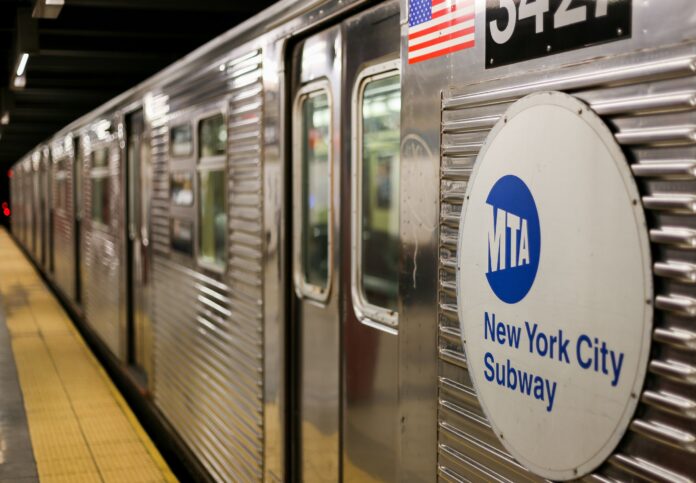The massive network deployment under way to bring LTE to New York City’s 279 subway stations has turned into a bit of a showpiece project for the carriers involved. As the work approaches a planned 2017 completion, Sprint is touting its lead role in the project.
In a corporate blog post, Scott Santi, regional VP of network at Sprint, said, “I’m particularly proud of our local team because this project has been a bit of a comeback story. Since Sprint joined the effort later than the other carriers, we were initially behind in terms of number of stations deployed. But, in just over six months our team not only caught up to Verizon, AT&T and T-Mobile, we significantly surpassed them. We’ll keep working hard to bring service to millions of New Yorkers and visitors, enabling them to stay productive, connected, and entertained as they move throughout this great city.”
Sprint has committed to deploy LTE throughout the entire subway system, including underground stations in four boroughs. Sprint said it’s using spectrum in the 1.9 GHz and 800 MHz bands for the deployment, and tapping its 2.5 GHz spectrum in high-traffic stations in Midtown Manhattan and Queens.
Santi added that according to Transit Wireless, the carrier has more stations on-air than any other operator.
“In the past three months alone we turned up 36 stations, bringing our current total station count as of Oct. 12 to 83,” Santi said. “With an aggressive schedule and a talented team on the ground, we expect our momentum to even further increase over the coming months.”
Verizon Wireless, T-Mobile US, AT&T Mobility and Sprint all have agreements in place to deploy infrastructure related to Transit Wireless’ long-term subway connectivity plan.
The project spans seven total phases. Phase 1, beginning in April 2013, brought LTE to 30 stations in Midtown and the Upper West Side of Manhattan. Phase 2 kicked off in October 2014, and covered all of Queens along with several Manhattan stations. Phase 4 started in March, and will extend coverage to 37 Manhattan and Bronx stations. Phase 5, slated to begin later this year, primarily focuses on downtown Manhattan including hubs at West 4th Street, Canal Street, Broadway-Lafayette/Bleecker streets and Chambers Street/Brooklyn Bridge-City Hall.
The RCR Wireless News team recently had the opportunity to take a tour of Verizon Wireless infrastructure deployed around New York City including rooftop antennas and a look inside the basement of the Empire State Building.
We also took a look at some of the equipment provided by Solid Technologies that brings connectivity into the subway system</a>.

